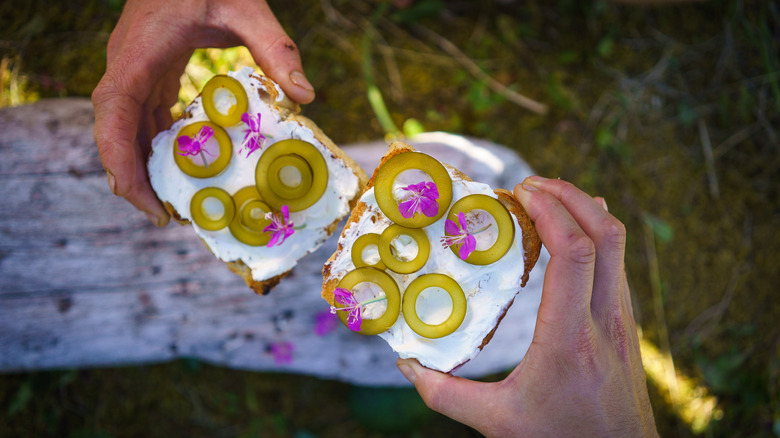Search AMC News
Q&A With Food For Climate League
October 7, 2025
Lead Entities: Food for Climate League
Grant Component: Market Development

What does it take to build Alaska kelp and oysters into mainstream staples? For what are currently niche markets in the food sector, it starts with understanding the existing perceptions of stakeholders—from producers and farmers to consumers—and how to shift them.
Southeast Conference (SEC), on behalf of the Alaska Mariculture Cluster, set out to do just that, as part of a broader, federally funded effort to grow the state’s mariculture industry. SEC tapped the experts at Food for Climate League (FCL)—a nonprofit working to make climate-smart food choices the norm—to lay the foundation with targeted food-sector market research. Already champions of the climate-smart virtues of sea vegetables, oysters, and other sustainable aquatic foods through its Aquatic Foods project, FCL was well-positioned to dive in.
We chatted with FCL’s Director of Programs, Gesina Beckert, and Director of Strategy, Sophie Egan, about what made this partnership impactful and how they see Alaska kelp and oysters fitting into a more sustainable food future.
Q&A Below!
Sophie’s presentation from the Mariculture Conference of Alaska 2024.
Background
Southeast Conference (SEC) is the federally designated Economic Development District (EDD) for Southeast Alaska, as well as the state designated Alaska Regional Development Organization. SEC’s mission is to undertake and support activities that promote strong economies, sustainable communities, and a healthy environment in Southeast Alaska.
In September 2022, Southeast Conference was awarded a $49 million U.S. Economic Development Administration (EDA) Build Back Better Regional Challenge (BBBRC) grant to catalyze a viable and sustainable mariculture industry in Alaska, supporting the production of shellfish and seaweed, for the long-term benefit of the state’s economy, environment, and communities.
SEC leads the Alaska Mariculture Cluster (AMC) grant coalition, which includes members of Alaska’s mariculture industry, tribal organizations, regulatory agencies, university system, regional EDDs, trade organizations, and others. A Governance Body, composed of AMC coalition leaders and Tribal executives from each of the project regions, guides the grant’s work and equity metrics.
The AMC has complementary grant components designed to break down barriers and develop Alaska’s mariculture industry. The Overarching Narrative explains how the grant components work together to grow the industry in an equitable and responsible manner. The full project period for the AMC BBBRC project is October 1, 2022 to September 30th, 2026.

